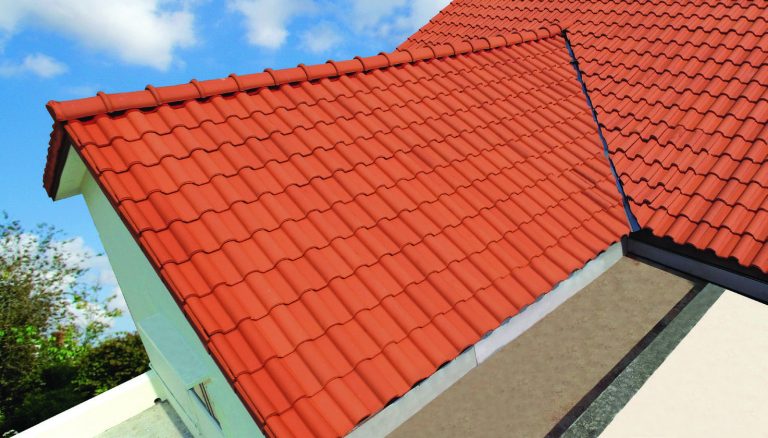Roman clay roof tile is famous for its ancient charm and classic beauty. However, for those considering using this material in their construction projects, a common question is: Is the color of the Roman clay roof tile affected by seasonal changes? In this article, we will delve deeper into this issue.
Roman clay roof tiles are usually made of natural clay and are sintered at high temperatures. This process endows them with unique colors and textures. Unlike certain other materials such as wood, the color of clay tiles is usually not significantly affected by seasonal changes.
However, there are still some factors to consider:
1. Natural exposure: Clay tiles are usually exposed to the natural environment for a long time. Wind, rain, ultraviolet radiation, and other natural factors may have a slight impact on the surface of the clay tile. These factors may cause the color of the clay tile to change slightly, becoming slightly lighter or darker. This change is usually gradual rather than seasonal.
2. Long term change: The change in color is usually long-term and usually not noticeable in a short period of time. Therefore, they are not seasonal, but rather a gradual process of development.
3. Natural charm: Interestingly, this gradual color change is sometimes considered to increase the natural charm and sense of history of the clay tile. They give ceramic tiles a look related to the era, making them look more storytelling.

It should be emphasized that this color change is usually natural and will not have a negative impact on the performance, quality, or durability of the Roman clay roof tile. They reflect the passage of time and the influence of natural elements on materials, adding a unique personality to the clay tile.
In summary, unlike some other materials, the color of Roman clay roof tiles is usually not affected by seasonal changes, but may slightly change after prolonged natural exposure. This change is often seen as a natural characteristic of clay tiles, adding to their sense of history and charm. This is the uniqueness of the Roman clay roof tile and one of the reasons for its popularity.

